The more architects try building with hemp, the more they are won over by its incredible benefits for both homeowners and the environment.
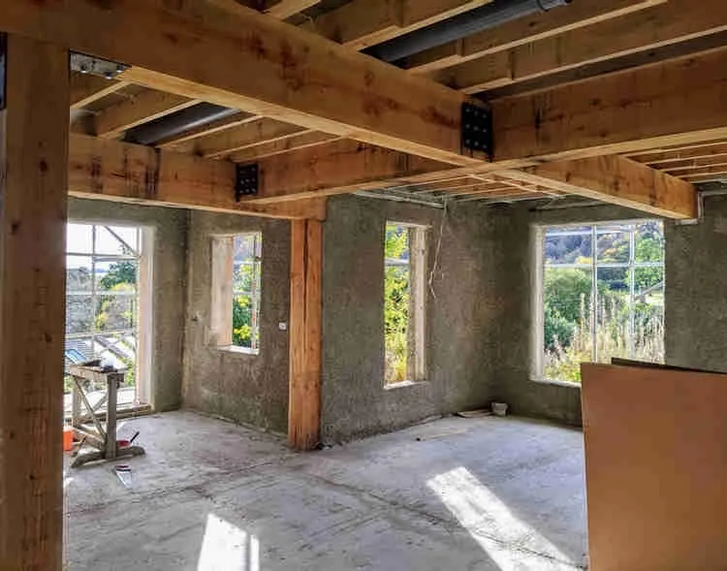 Architect Michael Leung decided not to use toxic materials in building after a family member died from asbestos-related cancer. “When you go on a healthy building journey, inevitably you bump into hempcrete,” he said. “I really want to see it taken much further into the mainstream.”
Architect Michael Leung decided not to use toxic materials in building after a family member died from asbestos-related cancer. “When you go on a healthy building journey, inevitably you bump into hempcrete,” he said. “I really want to see it taken much further into the mainstream.”
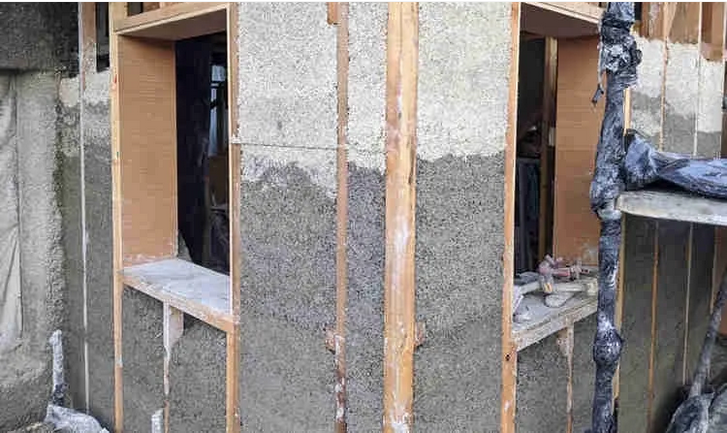 Hempcrete is made by mixing natural hemp plant fibers with a lime binder. The result can be packed into frame walls onsite, or it can be made into prefabricated blocks or segments that can be shipped to the construction site. In walls, hemp is great for managing humidity; it breaths.
Hempcrete is made by mixing natural hemp plant fibers with a lime binder. The result can be packed into frame walls onsite, or it can be made into prefabricated blocks or segments that can be shipped to the construction site. In walls, hemp is great for managing humidity; it breaths.
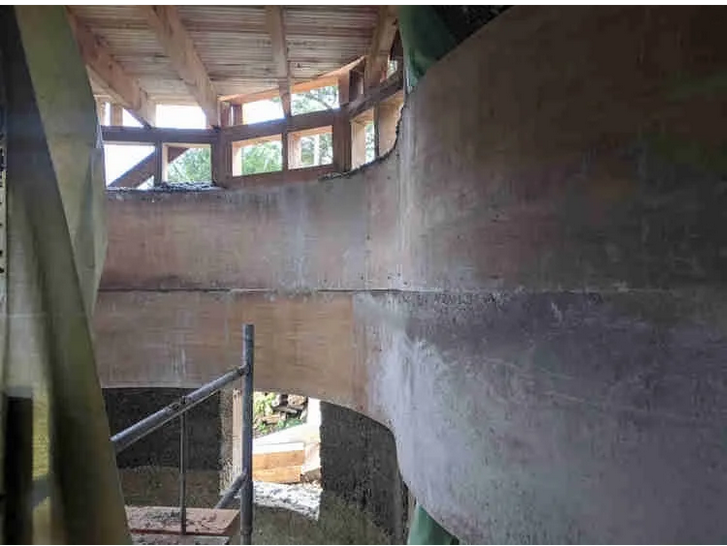 Hemp can be both your insulation and your facade. Additionally, hemp is carbon-negative, meaning that growing, processing, and building with it removes more carbon pollution from the atmosphere than it adds to it. Its powerful insulating properties reduce the need for synthetic insulation such as fiberglass and reduce the energy usage of homes built with it.
Hemp can be both your insulation and your facade. Additionally, hemp is carbon-negative, meaning that growing, processing, and building with it removes more carbon pollution from the atmosphere than it adds to it. Its powerful insulating properties reduce the need for synthetic insulation such as fiberglass and reduce the energy usage of homes built with it.
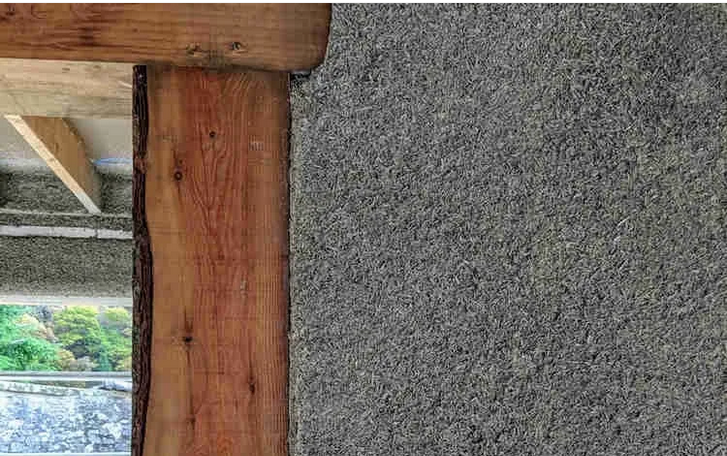 Walls made of hempcrete have an attractive texture that can be left bare or finished with traditional materials. When a hemp building is demolished, the walls can be crushed and reused rather than sent to a landfill.
Walls made of hempcrete have an attractive texture that can be left bare or finished with traditional materials. When a hemp building is demolished, the walls can be crushed and reused rather than sent to a landfill.
Mature hemp can be grown and ready to harvest in 100 days — unlike wood, which takes decades to mature — and it is restorative for the soil where it’s grown, making it a much more convenient crop to grow for building material.
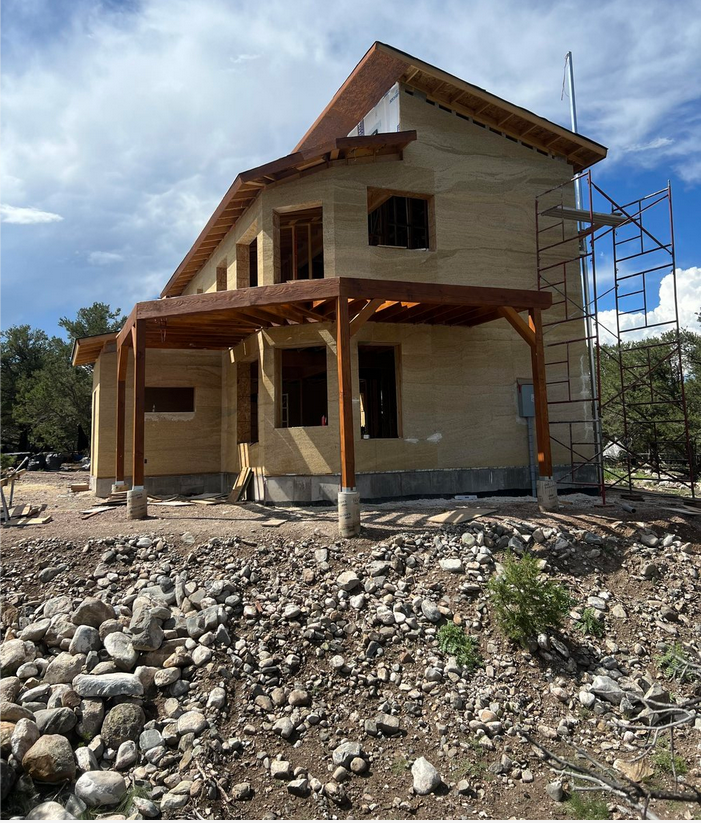 “We were really sick of designing buildings that were just less bad, tinkering around the edges with solar panels and that kind of thing,” one architect said. “We were really on this mission to try to find a material that was truly regenerative.” And now they’ve found it.
“We were really sick of designing buildings that were just less bad, tinkering around the edges with solar panels and that kind of thing,” one architect said. “We were really on this mission to try to find a material that was truly regenerative.” And now they’ve found it.
 You can read the original article at www.thecooldown.com
You can read the original article at www.thecooldown.com
